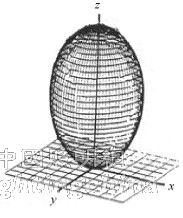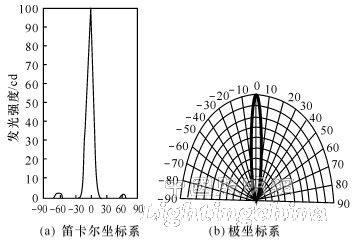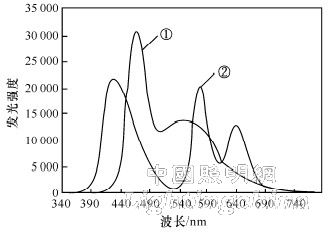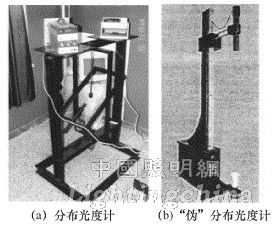0 Preface
The performance parameters of LED package products can be divided into 8 categories: light metric, radiation metric, color metric, geometric quantity, electrical quantity, thermal quantity, time domain quantity and other quantities, totaling about 60 parameters. Among them, the switching time in the time domain quantity is more important in the flat panel display (FPD), and the junction temperature in the thermal quantity is more important in estimating the LED lifetime. But LED as a new type of light source, the most important indicators are the luminous intensity and total luminous flux. In view of the complicated model of the current LED measuring instrument, the quality is uneven, and the lack of accurate operation means, the divergence of the magnitude is more than 10%. In order to unify the quantity, the common method is that the corresponding units in the country send the measuring instrument to the measuring institute for correction, but the defects are: 1) the instrument is inconvenient to send a large volume; 2) the number of parameters to be corrected is limited. To this end, the concept of LED standard tube is put on the agenda [1]. Standard tube means that many parameters can be placed on one LED standard tube and sent to the relevant unit for calibration of the measuring instrument. The method of using the LED standard tube to carry out the final unified quantity measurement can be summarized as follows: convenient mailing, low cost, simple operation, large amount of information (referring to more storage parameters). Since the light distribution curve is the most indispensable parameter from any angle, this paper discusses the light distribution curve (light intensity spatial distribution curve).
1 concept of light distribution curve
General light sources (including LEDs) have two performance curves: the spatial distribution of the luminous intensity and the spectral distribution. The former is shown in Figure 1, and the light distribution curve refers only to one section in the figure, that is, the spatial distribution of luminous intensity is a three-dimensional figure, and the light distribution curve as one of its sections is a two-dimensional figure, and generally adopts a pole. The coordinates are represented, so the two are both different and related. It must be pointed out that the shape of the light distribution curve of the same LED drawn in Cartesian coordinates and polar coordinates is different. Figure 2 shows the measurement pattern of the same monochromatic LED in two kinds of coordinates. Fig. 2(a) shows a Cartesian coordinate system, the vertical axis represents luminous intensity (in cd), and the horizontal axis represents wavelength (in nm). In Fig. 2(b), the polar coordinate system is used, the arc represents the polar angle, and the straight line, ie the radial diameter, represents the luminous intensity. To verify whether an LED's light distribution curve is ideal, you need to take at least 4 (90° apart) or 8 (45° apart) sections at different angles. The distribution curve of the incandescent lamp, the fluorescent lamp and the gas-filled lamp is almost in the range of 4π space; but for the LED, the light distribution curve close to the 2π space is sufficient because the directivity of the LED is relatively strong. The light distribution curve is an important parameter for the LEDs for illumination and display, and the selection of the LED standard tube is also an important parameter. The spectral distribution of luminous intensity is mainly used for color metric. Figure 3 is the spectral distribution curve of two kinds of LED white light tubes. Line 1 is the white light of the blue light-emitting phosphor emitting yellow light, and the second line is the three primary colors red. White light mixed with green and blue light.

Fig.1 Three-dimensional map of the spatial distribution of luminous intensity

Figure 2 Light distribution curve of the same single color LED in two coordinate systems

Figure 3 Spectral distribution curves of two kinds of white LEDs
2 Acquisition of the light distribution curve
The instrument for measuring the light distribution curve is called a distribution photometer, also known as a variable angle photometer [2]. There are two kinds of structures, as shown in Figure 4. Figure 4 (a) is the LED does not move, the photodetector around it scans the 2π space imaginary sphere; Figure 4 (b) is the photodetector does not move, the LED is 180 ° scanning centered on the chip, then the LED socket Rotate a specified angle and perform a 180° scan so that it reciprocates until it reaches 360°. Obviously, the distribution photometer of the structure of Fig. 4(a) is better, it can conveniently adjust the position according to the size of the LED, and can conveniently adjust the distance of the photodetector to the LED according to the intensity of the illumination, but its The structure is relatively complicated and is currently used only by metrology institutes such as the Chinese Academy of Metrology, the United States and Germany. While Figure 4(b) is only a "pseudo" distribution photometer, it is currently widely used in the measurement of LED products.

Figure 4 Appearance of two kinds of distribution photometers